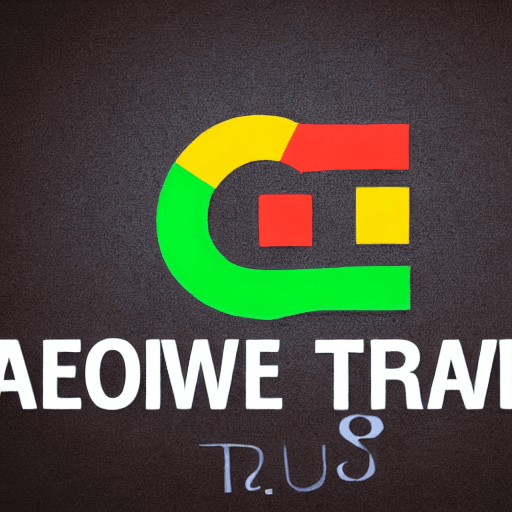

Google Ads Remarketing is a powerful tool that allows you to re-engage users who have previously interacted with your website. Instead of showing generic ads to everyone, you can tailor your messaging to those who have already demonstrated interest in your products or services. This targeted approach dramatically increases the likelihood of conversion, leading to a higher return on investment (ROI). This comprehensive guide will delve into advanced Google Ads remarketing tactics, providing you with the knowledge and strategies to build highly effective retargeting campaigns.
At its core, remarketing is about recognizing that a user’s past behavior is a strong indicator of future interest. Someone who visited your product page, added items to their cart, or spent time browsing your content is far more likely to convert than someone who lands on your site for the first time. Remarketing leverages this insight to create a personalized experience, reminding them of your offering and gently nudging them towards a purchase. There are several types of remarketing, each with its own strengths:
The foundation of any successful remarketing campaign is the creation of well-defined audiences. Here’s a breakdown of how to build effective audiences within Google Ads:
This is the most fundamental audience. You can segment visitors based on:
Within Google Ads, you can create these audiences using the ‘Custom Audiences’ feature. You can also create audiences based on time spent on your site – for example, users who spent more than 5 minutes browsing a particular product category.
Uploading your customer email list to Google Ads allows you to target existing customers with tailored offers and promotions. This is particularly effective for re-engaging lapsed customers or promoting new products to your loyal fanbase. Ensure you comply with all data privacy regulations (like GDPR and CCPA) when uploading and using customer lists. You’ll need to obtain explicit consent from your customers to use their data for advertising purposes.
Google Ads automatically expands your audiences based on similar users. This is a valuable feature that helps you reach a wider pool of potential customers. However, it’s important to monitor your audience expansion to ensure you’re not targeting irrelevant users. You can adjust the ‘Audience Expansion’ setting within Google Ads to control the level of expansion.
Dynamic remarketing takes personalization to the next level. Instead of showing generic ads, you’re showing users ads featuring the exact products they viewed on your website. This dramatically increases engagement because it’s highly relevant to their interests. This is particularly effective for e-commerce businesses.
The quality of your product feed is crucial for effective dynamic remarketing. Ensure your product feed is accurate, complete, and up-to-date. Include high-quality images, detailed descriptions, and accurate pricing. Regularly update your feed to reflect any changes in your product inventory.
DPAs automatically create ads featuring the products a user viewed. Google Ads uses your product feed to generate these ads. You can customize the appearance of your DPAs, including the ad format, bidding strategy, and targeting options. Experiment with different DPA settings to optimize your campaign performance.
This strategy involves creating multiple dynamic remarketing audiences based on different stages of the customer journey. For example, you could have one audience for users who viewed a product, another for users who added it to their cart, and a third for users who started the checkout process. This allows you to tailor your messaging to each stage of the customer journey.
Effective remarketing requires a strategic bidding approach. Don’t simply set your bids to ‘Maximize Conversions’ – you need to optimize your bids based on your campaign goals.
If you have conversion value data, use ‘Conversion Value Bidding’ to prioritize users who are likely to spend more money. This is particularly effective for e-commerce businesses.
Enhanced Conversions uses Google’s machine learning to improve the accuracy of your conversion tracking. It’s crucial for ensuring that your conversion data is reliable. You’ll need to install a small tracking pixel on your website to enable Enhanced Conversions.
Continuously A/B test different aspects of your remarketing campaigns, including your ad copy, bidding strategies, and targeting options. This will help you identify what’s working and what’s not.
By implementing these advanced Google Ads remarketing tactics, you can significantly improve your conversion rates and drive more revenue. Remember that remarketing is an ongoing process – you need to continuously monitor and optimize your campaigns to stay ahead of the curve.
Disclaimer: This information is for general guidance only. Google Ads features and settings are subject to change. Always refer to the official Google Ads documentation for the most up-to-date information.
Tags: Google Ads, Remarketing, Conversions, Dynamic Remarketing, Audience Segmentation, Conversion Tracking, Retargeting Campaigns, ROI, Digital Marketing
0 Comments